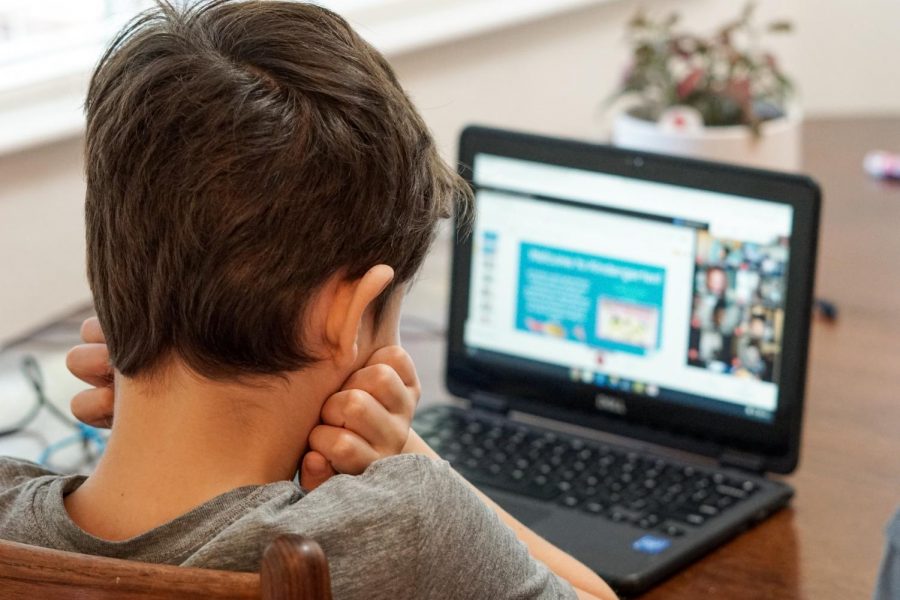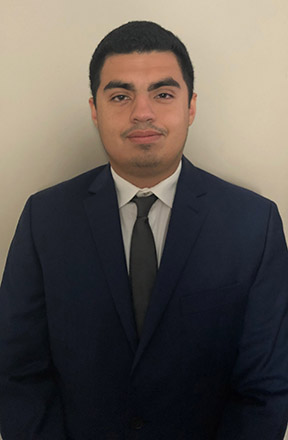There were 437, 465 children living in foster care in 2017. 34% of 17-18 year old foster youth report at least five school changes, they are twice as likely as other students to be absent from school and three times as likely to be expelled according to the National Factsheet on the Educational Outcomes of Children in Foster Care.
There’s never been a doubt that many community college students face a plethora of challenges, reaching outside of the curriculum itself. However, certain marginalized groups face even greater barriers in education, simply because they have needs and resources that are not met.
“One in five of our students in community college could be facing food or housing insecurity in any given time,” said Linda Ramos, program facilitator for LINC, a support program designated for under-served students, “What also amplifies the needs for foster youth is the fact that our foster youth has a much more limited support network.”
LINC, which stands for Leader Involved in Creating Change, currently supports about 125 students at Cerritos College, providing for basic needs such as assistance with school supplies, transportation vouchers, access to food pantries and for some of those facing housing insecurity, student housing thanks to recent partnerships with organizations like Jovenes.
“Foster youth have also experienced trauma, both prior to and while in foster care,” said Ramos, “In those instances the rate of PTSD is in some places cited as three times our veteran population.”
LINC also promotes mental health services for the students that require it, providing another way to fulfill the many needs of former foster youth, the challenge is making sure these resources find those marginalized students.
“I’m wondering if (Cerritos College) should train faculty to access a particular hub. Maybe the general student services website, and we can go over what’s offered there for students,” said Dean of Student Equity and Success Dr. Lui Amador who suggested ways to make the programs more accessible and redirect those under-served students.
With the college campus being closed, there are more limitations in outreach for these programs.
“The online environment is a totally different ballgame than if we were doing this (in person),” said English Instructor Lynn Serwin, “So we have to think way outside the box.”










